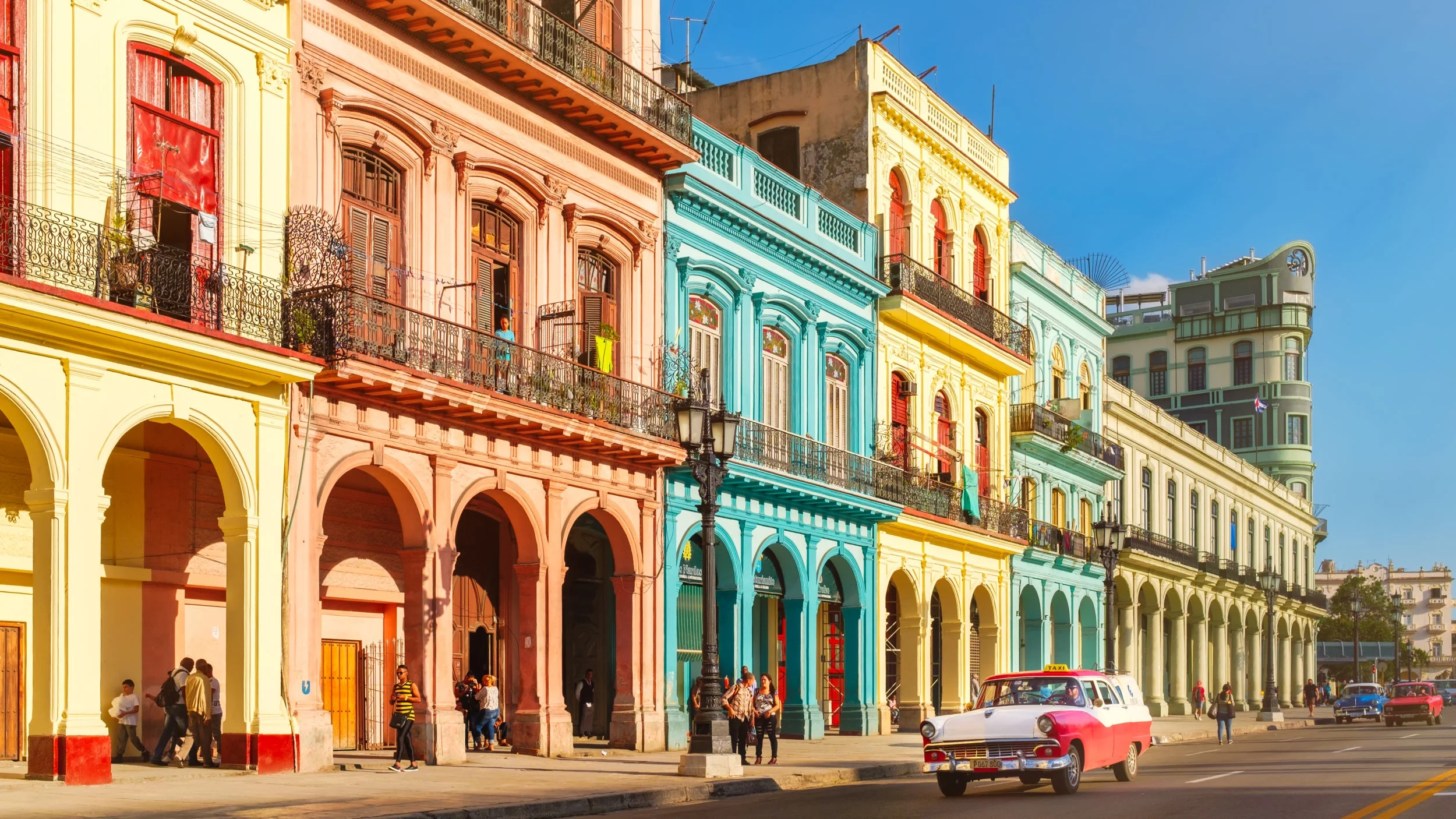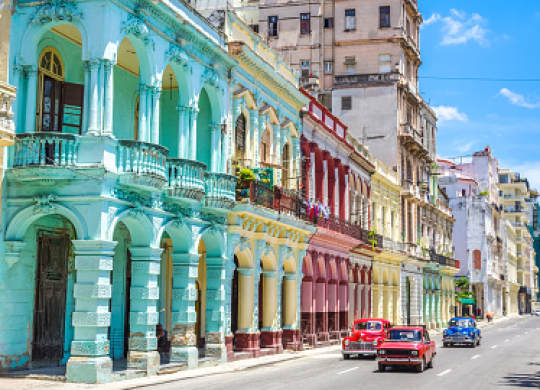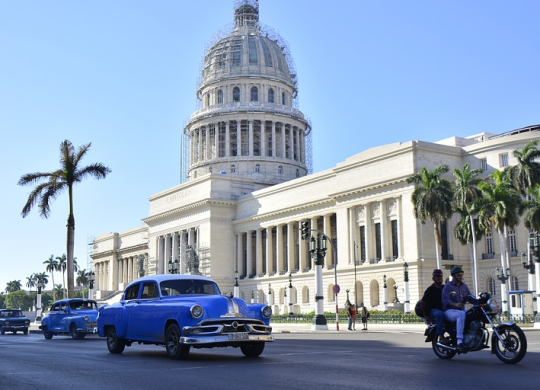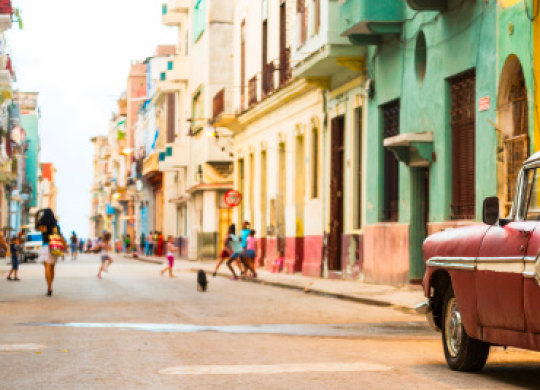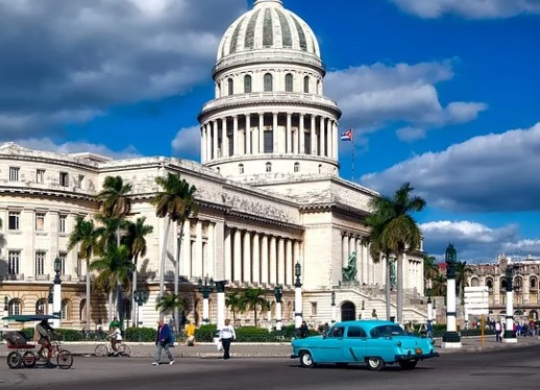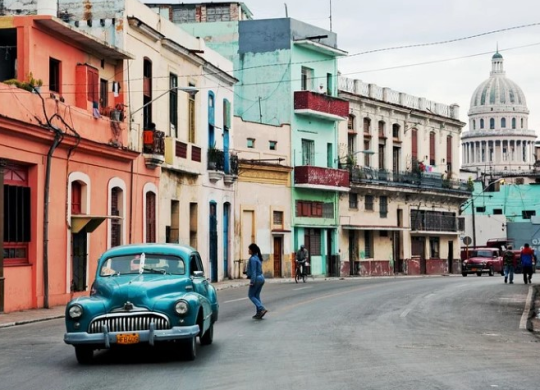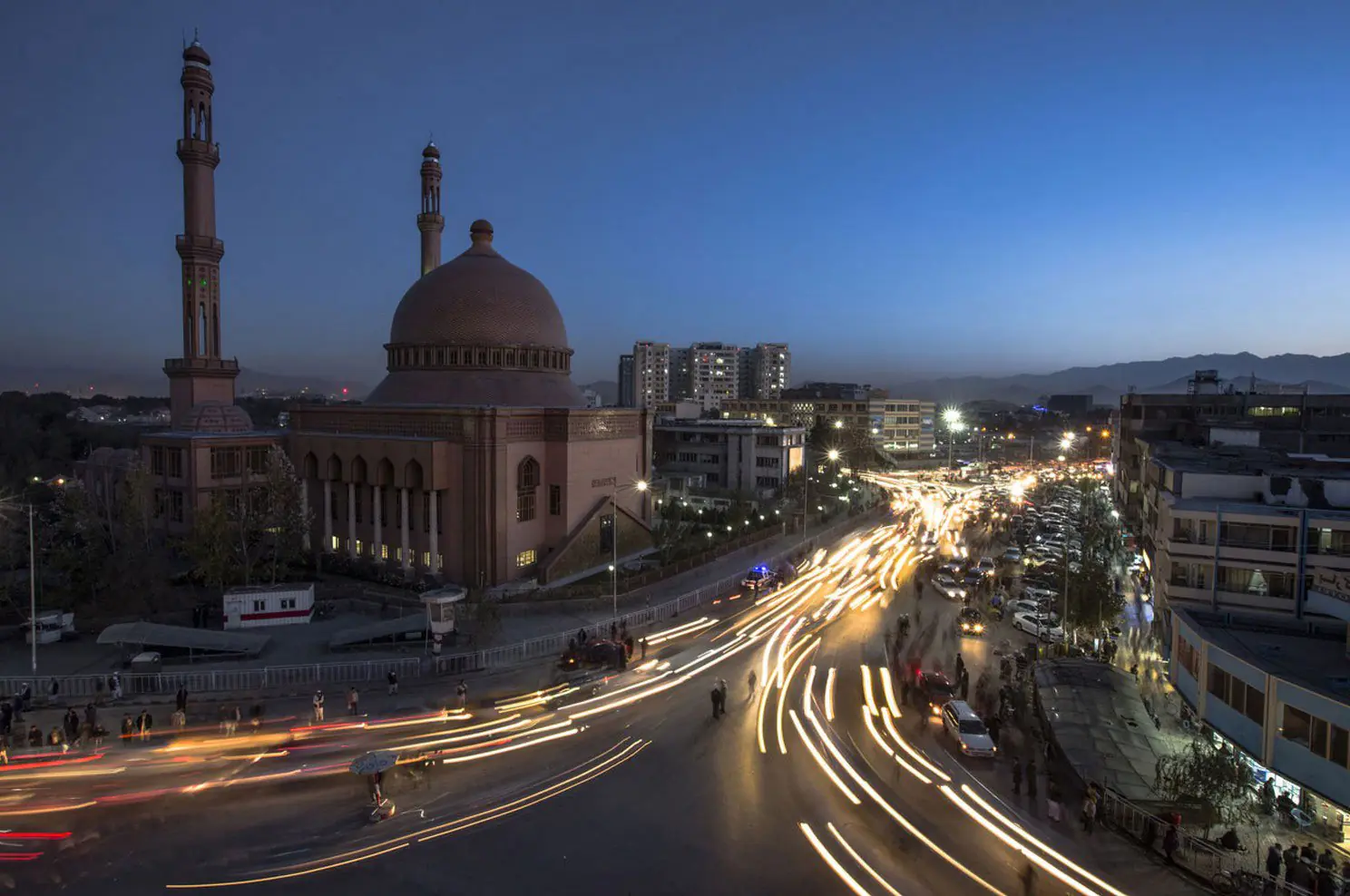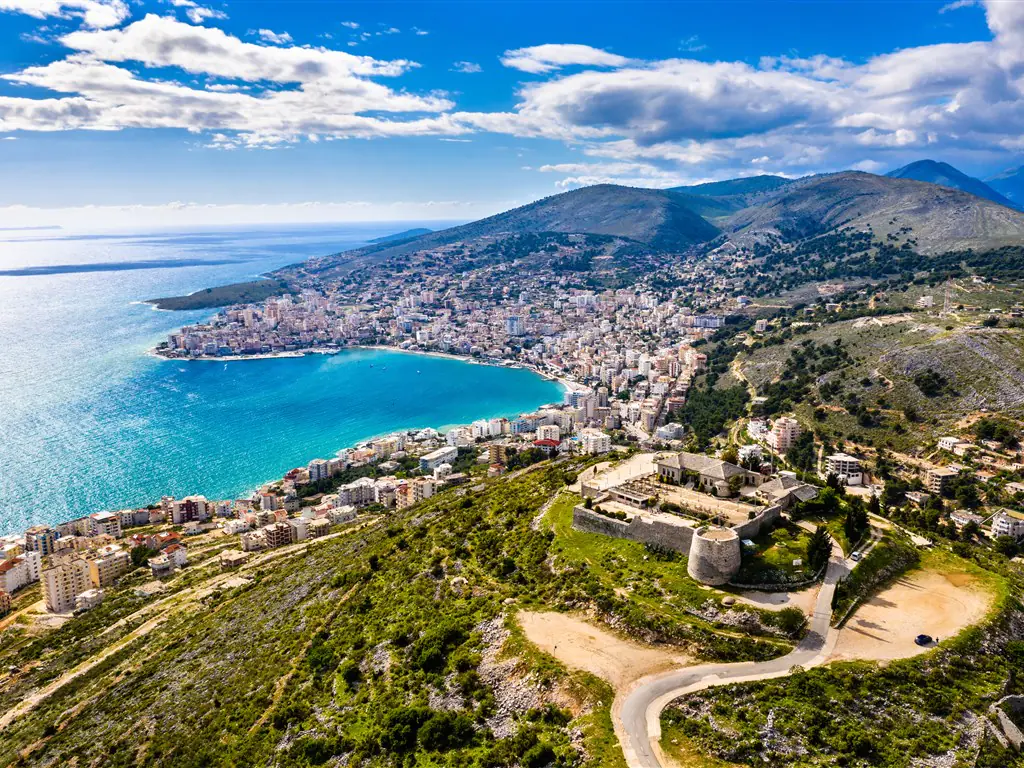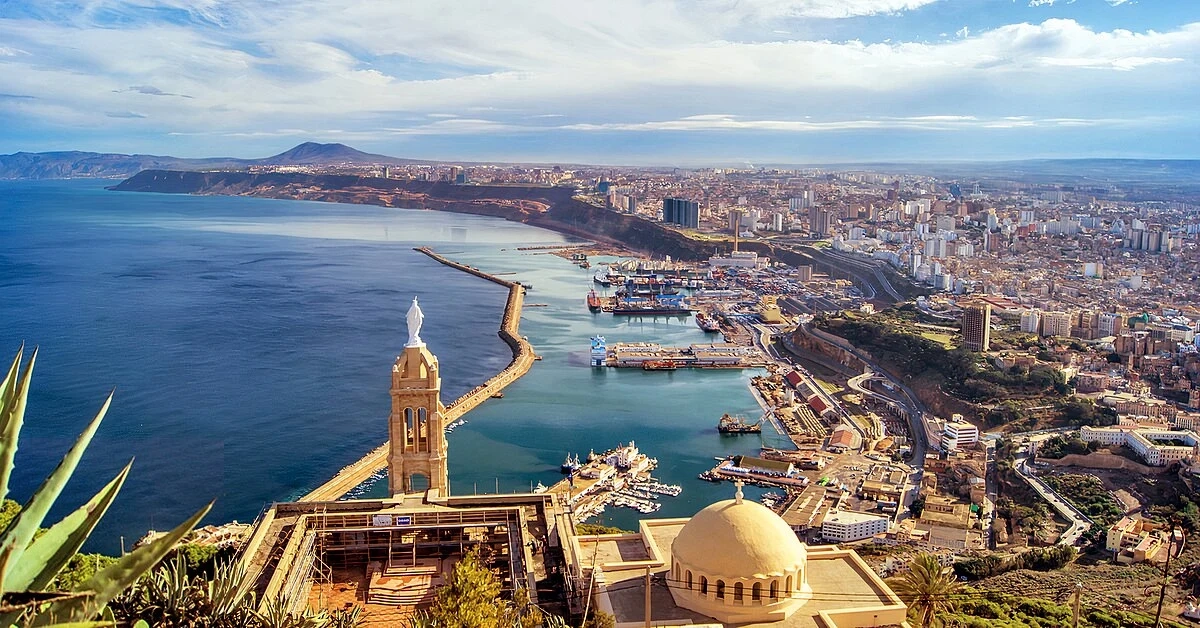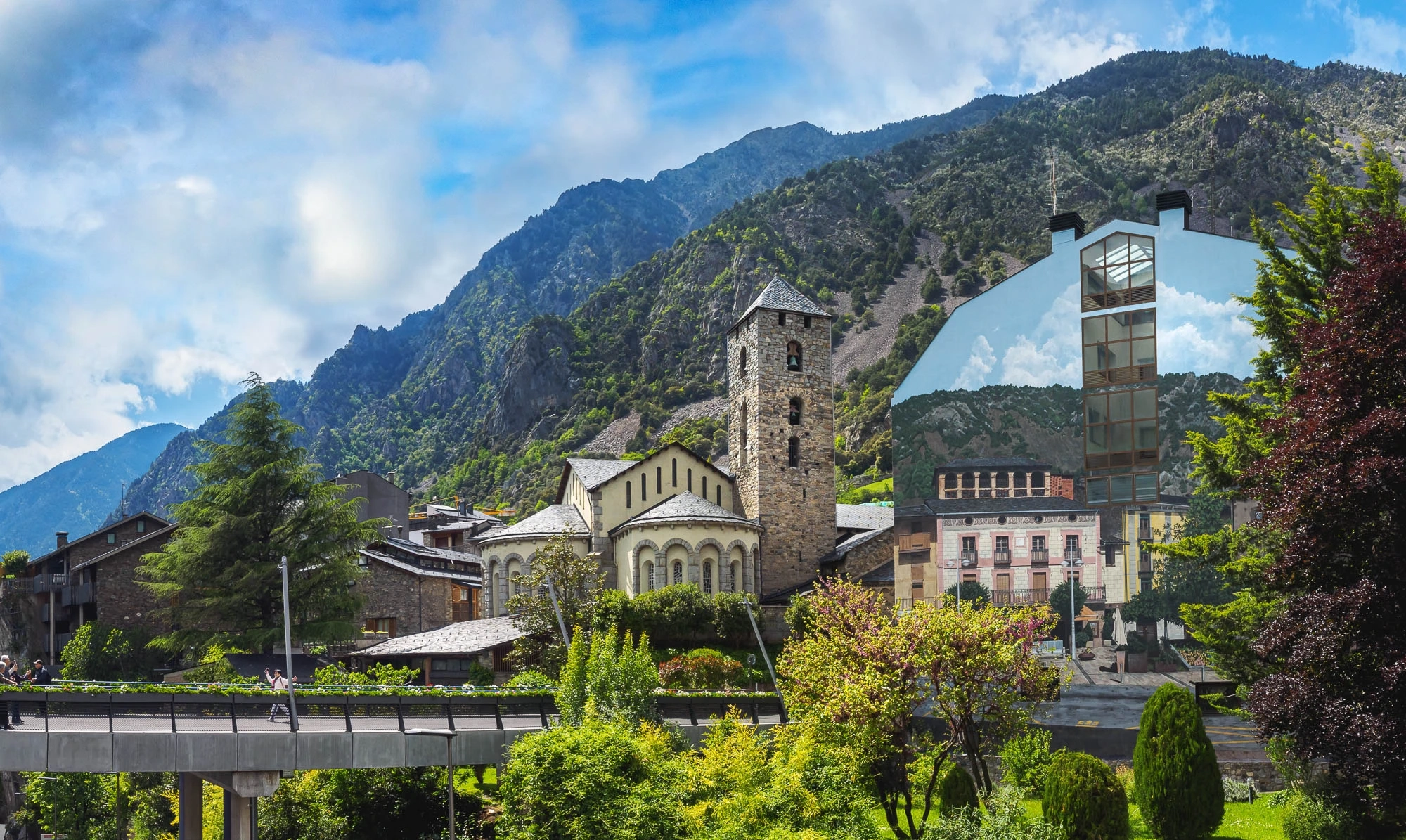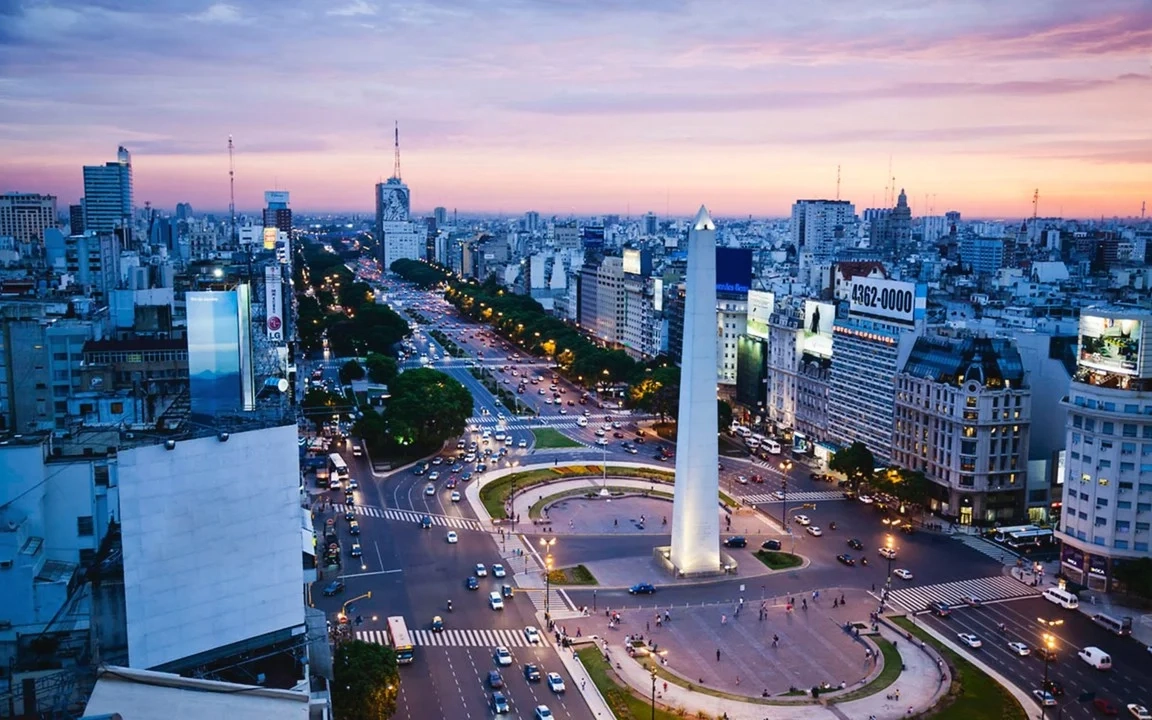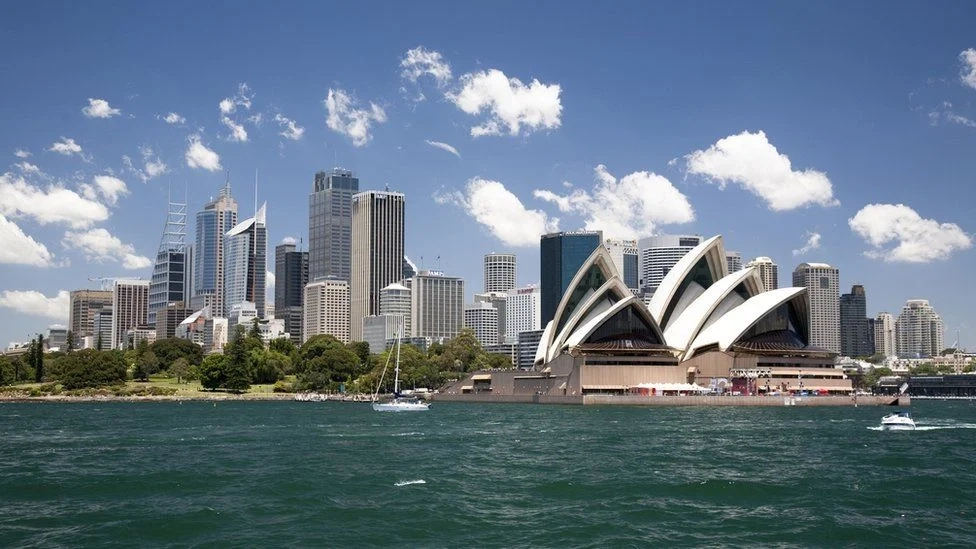1. Housing and Rent: Rent in Cuba can vary, and available housing often depends on factors like location and amenities. Some immigrants may find government-subsidized housing, while others may opt for private rentals. Costs can be relatively lower compared to many other countries.
2. Healthcare: Cuba is known for its healthcare system, providing free medical services to residents, including immigrants. Access to healthcare facilities and services is generally available, but the availability of certain medications and advanced treatments may vary.
3. Transportation: Public transportation, including buses and shared taxis, is common and affordable. Owning a private vehicle can be more challenging due to limited availability and high prices. Bicycles are also a popular mode of transport in some areas.
4. Food and Cost of Living: The cost of living in Cuba is influenced by factors such as the availability of goods and services. Basic food items are subsidized, making them more affordable, but certain imported goods can be relatively expensive. The overall cost of living is generally lower compared to many developed countries.
5. Economic Challenges: Cuba has faced economic challenges, and job opportunities can be limited. Immigrants may find employment in sectors such as tourism, education, or healthcare. Starting a business as a foreigner may involve specific regulations.
Average Monthly Cost of Living in Cuba (for an individual): Basic living expenses (housing, utilities, food, transportation): $500 to $800 USD.
It's important to note that these figures are approximate and can vary based on factors like the city or region, personal lifestyle choices, and spending patterns.
Pros of Living in Cuba:
- Cultural Richness: Cuba has a vibrant culture with a rich history, music, dance, and art. Residents have the opportunity to immerse themselves in a unique and lively cultural environment.
- Healthcare System: Cuba is known for its healthcare system, providing free medical services to residents. The country has a strong focus on preventive care and has achieved notable health outcomes.
- Education Opportunities: Education is highly valued in Cuba, and residents have access to free and quality education at all levels. The country has a high literacy rate.
- Low Crime Rates: Compared to many other countries, Cuba has relatively low crime rates. The emphasis on community and social bonds contributes to a sense of safety.
- Community Spirit: Cubans often have a strong sense of community. There is a spirit of solidarity and mutual support among neighbors and community members.
Cons of Living in Cuba:
- Economic Challenges: Cuba has faced economic challenges, resulting in limited job opportunities and a relatively low standard of living. The economy has been impacted by factors such as trade restrictions.
- Restricted Freedoms: The country has a one-party political system, and certain freedoms, including freedom of expression and political dissent, are restricted. Access to information may also be limited.
- Limited Internet Access: Internet access in Cuba has historically been limited and expensive. While there have been improvements, access may not be as widespread as in many other countries.
- Shortages of Goods: Cuba has experienced shortages of certain goods, including imported items. This can affect the availability of products and services.
- Dual Currency System: Cuba has a dual currency system, with the Cuban Convertible Peso (CUC) and the Cuban Peso (CUP). This system can be complex and impact the cost of living for residents.
1. Havana: As the capital and largest city, Havana is a cultural and historical hub. It offers a mix of colonial architecture, vibrant music and dance scenes, and diverse culinary experiences. Havana has a lively atmosphere and is home to many cultural events.
2. Trinidad: Recognized as a UNESCO World Heritage Site, Trinidad is a well-preserved colonial city with cobblestone streets and colorful buildings. It has a relaxed atmosphere and is known for its cultural and historical significance.
3. Cienfuegos: Cienfuegos is often referred to as the "Pearl of the South" due to its picturesque bay and French influence in its architecture. The city has a more orderly layout and is known for its maritime traditions.
4. Camagüey: Camagüey, the largest inland city in Cuba, is known for its winding streets and unique urban layout. It has a rich history and is home to several squares, churches, and theaters.
5. Santiago de Cuba: Located on the eastern side of the island, Santiago de Cuba is known for its Afro-Caribbean cultural influences. It has a vibrant music scene, historic sites, and is considered one of the birthplaces of the Cuban Revolution.
- Language Skills:
While English may be spoken in some areas, knowing Spanish can significantly enhance your ability to navigate daily life, communicate with locals, and handle administrative matters. Consider taking language courses if needed.
- Job Opportunities:
Research job opportunities in Cuba and explore potential employment options. Having a job lined up before immigration can facilitate the process and provide financial stability upon arrival.
- Financial Planning:
Plan your finances carefully. Understand the cost of living in Cuba, including accommodation, food, transportation, and healthcare. Ensure that you have sufficient funds to cover your expenses, especially if you do not have a job secured in advance.
- Cultural Awareness:
Familiarize yourself with Cuban culture, customs, and societal norms. Demonstrating cultural awareness and respect for local traditions will help you integrate more smoothly into the community.
